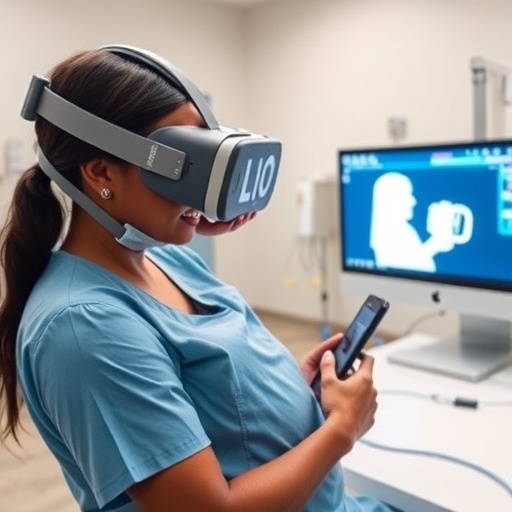Researchers identify biochemical mechanism behind a rare, painful genetic disease
NIH-supported study might open door to first effective treatment for ACDC disease
WHAT: A team of researchers at the National Institutes of Health has uncovered a possible biochemical mechanism behind a rare, painful genetic disorder called ACDC disease, which causes calcium buildup in the arteries. The finding could lead to the first effective treatment for the potentially debilitating condition and might provide insight into other vascular diseases, including atherosclerosis, the researchers say. The study is in the Dec. 13 issue of Science Signaling. ACDC is short for arterial calcification due to deficiency of CD73. (CD73 is an enzyme that reduces calcium buildup in the arteries). The disease targets the hands and feet and can limit a person's ability to walk and exercise.
In the current study, researchers discovered how a deficiency of CD73 triggers a cascade of adverse biochemical events that leads to increased calcium buildup. That discovery quickly fueled progress on a possible treatment. Scientists generated stem cells from the skin of patients with ACDC disease and injected them into mouse models. They found that tissue formed in the mice by the patient-derived cells calcified over time. The researchers showed that treating these mice with several drugs including etidronate, which is used to strengthen bone in certain diseases involving bone loss, helped reduce calcification of the human tissue. The findings suggest that a similar strategy might help treat people with ACDC disease.
###
In addition to funding by the National Heart, Lung, and Blood Institute (NHLBI), the study was supported by the Ministry of Science and Technology of China and the National Natural Science Foundation of China. Researchers with the National Human Genome Research Institute (NHGRI) and the National Institute of Neurological Disorders and Stroke (NINDS) also contributed to this study.
WHO: Manfred Boehm, M.D., Senior Investigator, Laboratory of Cardiovascular Regenerative Medicine, NHLBI, is available to comment on the findings and implications of this research.
CONTACT: For more information or to schedule an interview, please contact the NHLBI Office of Science Policy, Engagement, Education, and Communications at 301-496-5449 or [email protected] (link sends e-mail).
About the National Heart, Lung, and Blood Institute (NHLBI): NHLBI, a part of the National Institutes of Health (NIH), plans, conducts, and supports research related to the causes, prevention, diagnosis, and treatment of heart, blood vessel, lung, and blood diseases; and sleep disorders. The Institute also administers national health education campaigns on women and heart disease, healthy weight for children, and other topics. NHLBI press releases and other materials are available online at http://www.nhlbi.nih.gov.
About the National Institutes of Health (NIH): NIH, the nation's medical research agency, includes 27 Institutes and Centers and is a component of the U.S. Department of Health and Human Services. NIH is the primary federal agency conducting and supporting basic, clinical, and translational medical research, and is investigating the causes, treatments, and cures for both common and rare diseases. For more information about NIH and its programs, visit http://www.nih.gov.
NIH…Turning Discovery Into Health
Media Contact
NHLBI Engagement and Media Relations Branch
[email protected]
301-496-5449
http://www.nhlbi.nih.gov
############
Story Source: Materials provided by Scienmag




